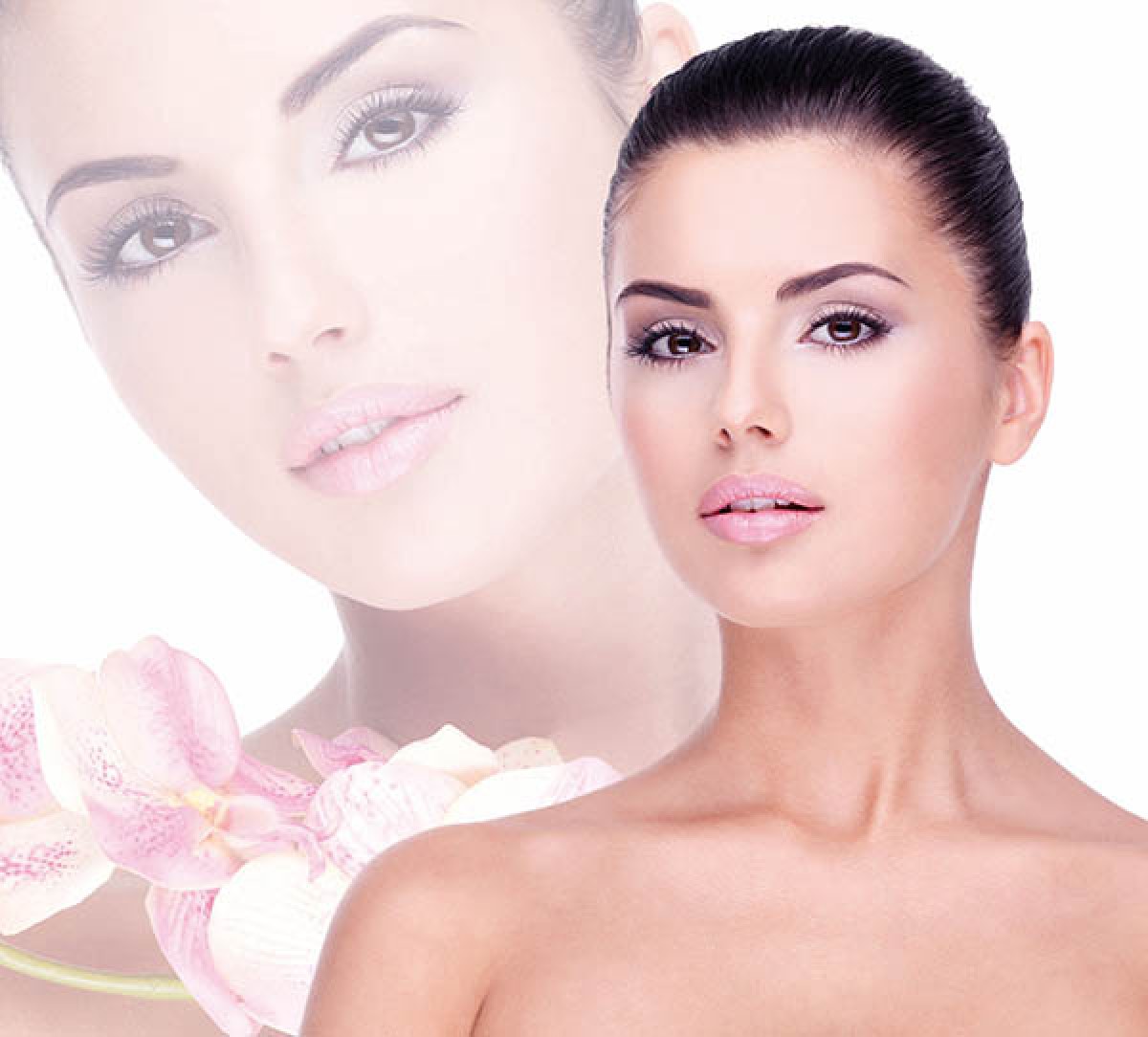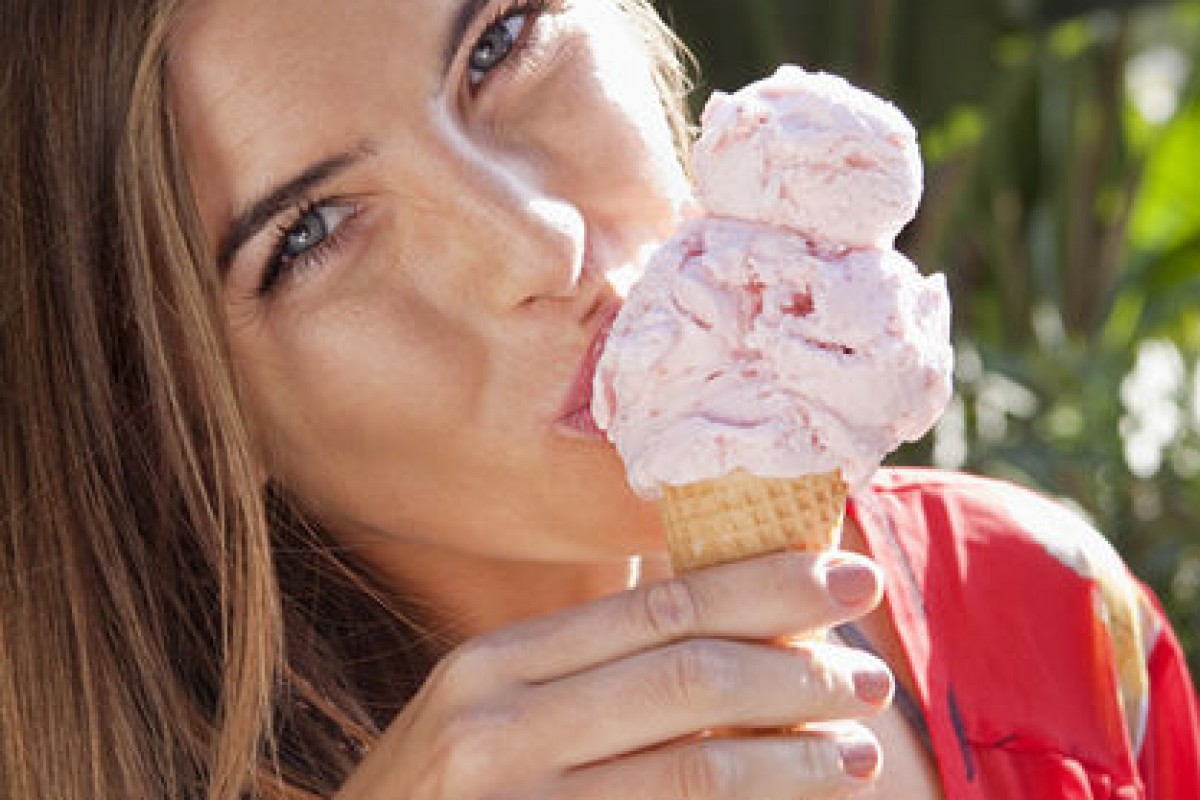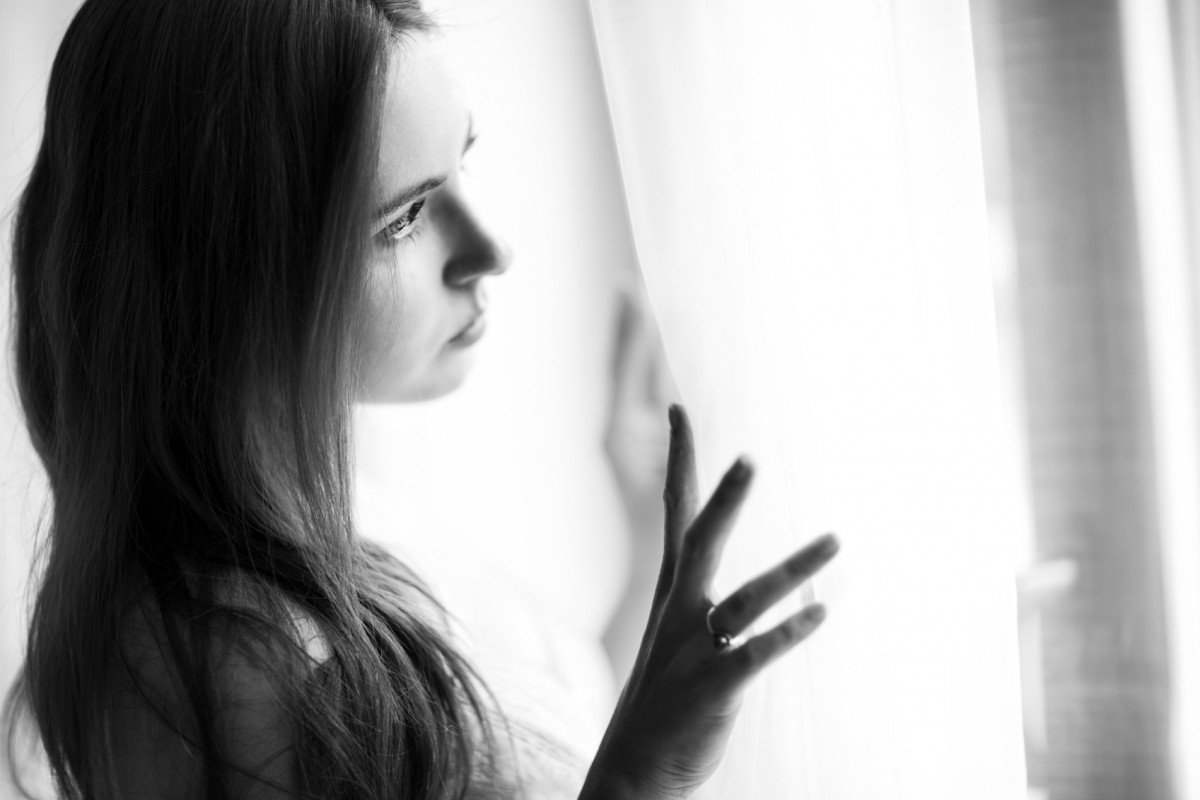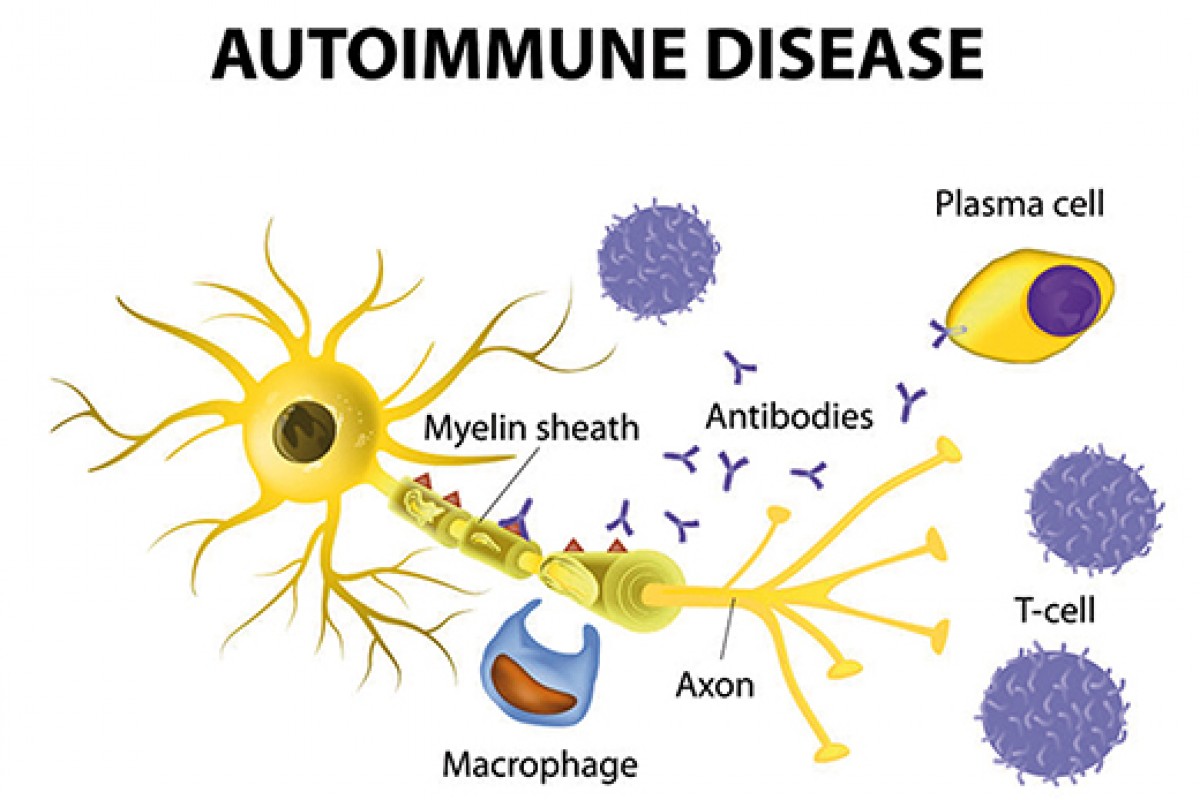
Physical attractiveness has important social consequences.
Physical attractiveness has important social consequences. For example, beauty is associated with upward economic mobility, attractive people have more dates and attractive people have more dates and attractive people are more likely to be hired than less attractive individuals.
Attractiveness can also influence judgments about the seriousness of committed crimes and also appear to lead favourable lives. Despite research, exactly what it is that makes a face beautiful remains poorly defined.
Beauty perception is a balance between cultural and evolutionary aspects.
Based on some theories cultural, social, religious influences determine the perception of beauty, that therefore is an arbitrary, individual and not sharable concept.
Evolutionary theories suggest there are universal criteria about attractive faces that are recognized both across individuals and cultures.
It has been found that there is a high degree of agreement in face attractiveness from individuals within a particular culture and also high agreement between individuals from different cultures. Cross-cultural agreement on attractiveness is EVIDENT, therefore attractiveness is not exclusively based on one’s cultural bias.
Humans, during evolution, as other animals, have selected potential mate’s face traits that guarantee the transmission of a good genetic heritage. We are able to considere as beautiful the potential mates that show, traits that guarantee a good genetic heritage.
Studies of evolutionary psychology indicate the traits of the face that express a good genetic heritage are:
1-Symmetry: it reflects normal development. However, there are always environmental pressures which tend to affect this symmetrical development towards asymmetry (increasing disorder). If one’s face is symmetrical despite of these pressures, symmetrical aspect of his/her face reflects their genetic quality. Choosing a mate with a symmetrical face guarantees healthier descendants.
2-Averageness refers to how closely a face resembles the majority of other faces within a population. Non-average faces have more extreme characteristics than the average of a population. People with average faces are linked to genetic diversity that increases protection from parasites and infections. People with non-average faces have a genetic heritage that is more likely to possess deleterious alleles and therefore genes that facilitate the onset of diseases.
3-Secondary sexual characteristics in faces: male and female faces take up different traits during puberty due to hormones.Extreme secondary sexual characteristics are proposed to be attractive because they indicate that the owners of such characteristics possess good genes and an efficient immunitary system. Women with higher circulating oestrogens have more feminine faces, while men with high testosterone have more masculine faces, this indicate fertility and good cabability to procreate.
4-Skin health and colour: health perception appears to be related to facial colour and texture. Pinkish skin, well vascularizeded, without dyschromias and with good texture, give an healthier aspect.
Many treatments in aesthetic medicine are able to modify and correct the traits listed above and to make the patients’ faces more attractive. During treatment planning we need to take into consideration the evolutionary aspects that determine attractiveness, so that we can optimize our treatments. The symmetry can be reached by treatments with fillers that can symmetrize the two hemifaces often characterized by volumetric differences. Eyebrows asymmetry can be corrected by the skilfull use of botulinum toxin. Using treatments like fillers and botox, it is possible to enhance secondary sexual characteristics, such as zygomatic area or lips volume, face roundness and arched shape of eyebrows.In conclusion, respect for average measurements criteria in facial features prevents unnatural results.










